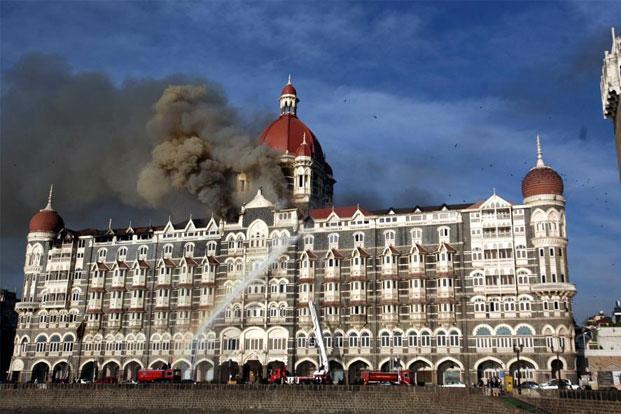Jamaat-ud-Dawa (JuD) chief Hafiz Saeed Hafiz Saeed, the alleged mastermind of the Mumbai attack mastermind, walked free from house arrest last week in Pakistan.
The timing was ominous as the horrific 26/11 Mumbai attacks occurred exactly nine years ago on that day. The attacked claimed the lives of 166 people and over 300 were left injured.
In the meanwhile the Pakistani court that is holding the trial of seven accused in the attack including LeT commander Zakiur Rehman Lakhvi, asked that a “focal person” be appointed for gathering statements of Indian witnesses to the attacks. The suspects are facing charges related to attempted murder, abetment to murder, planning and carrying out the 2008 Mumbai attacks.
The trial has been dragging now for over eight years, in part due to repeated transfers of judges presiding over the case. So far nine judges have heard the case over eight years.
Readiness Of Indian Law Enforcement Agencies Today
Thankfully since 26/11, there have been no major terrorist attacks barring those in Jammu & Kashmir.
Is it because our security framework is stronger today , more “muscular” and our law enforcement institutions are more prepared to prevent such attacks? How well are we prepared against the known 52 terrorist groups presently active today across India?
Developing the Right Security Approach
Counter-terrorism experts in the country need to understand that the American model of security featuring expensive military equipment, high tech solutions and biometric profiling, is not possible in India.
Our country cannot afford to spend billions of dollars like United States and further our multi-religious nation cannot be policed like the Homeland Security department in US has been doing. Our history, our political culture, our neighbourhood – all of these factors make such a system unviable.
Further, we have a hostile nuclear weapons enabled neighbour, struggling with an instable internal environment. Given this, India needs to tackle the dangers of living next to such a difficult neighbour.
Incorporating A Sensitive Counter-Terrorism System
- There are around 170 million Muslims who are currently being targeted as a community on pretext of cow protection
- Even if a tiny percentage of them lose trust in the government and turned radical, the threat levels would shoot up.
- If ten highly-armed foreign terrorists as in 26/11 could manage to keep out the authorities for over three days, which model of security would help protect from the collective anger of Indians, whether perceived or real?
A Few Critical Observations
- The strength of Muslims working in the Delhi Police is at its lowest.
Until July 2017, there were 1,300 Muslims or around 1.7% of total 76,348 . The National Crime Records Bureau’s (NCRB) ‘Crime in India’ reports show that the Muslim percentage since 1999 in the police department (barring Jammu and Kashmir) is at around 3%. Considering Muslims in India are at nearly 14.2 % of the population, this is very low representation.
- India’s track record in convicting in terrorism cases is poor with conviction less than 2%.
Law enforcement agencies often use them to put away “inconvenient people” and there are several instances of police misconduct like investigating offices, not testifying truthfully or officials destroying or supressing evidence .
Accountability of the police needs to be the most important element of India’s counter terrorism efforts along with demonstrated “competence as the first responder”
- The state governments have failed to implement the 2006 Supreme Court directives in the well known Prakash Singh judgment regarding police reforms. Most state governments have used lucrative postings and post-retirement appointments to manipulate the state security architecture. Without police reforms, doubts will remain on the readiness of our internal security systems .
- Poor working conditions continue to ail our security agencies. In 2014, 50 CRPF men were killed in Maoist attacks, but 95 succumbed to various illness. The situation of the local constabulary, typically the first responder during attacks, is not any different.
In the aftermath of the 2010 Dantewada attack wherein Maoists gunned down nearly 75 security officials, the home minister of the time , P. Chidambaram, suggested that the government “revisit” an earlier decision to not use air power.
Air Chief Marshal P.V. Naik opposed it stating the armed forces were trained for lethal battle against the enemy not “our own citizens”. India’s counter terror experts should keep this in mind and not treat India’s internal security as “a military problem”.





